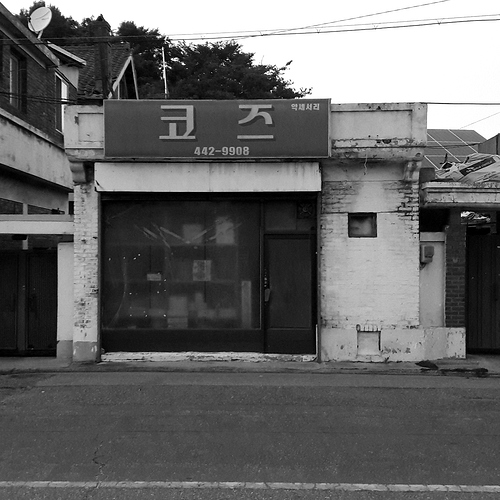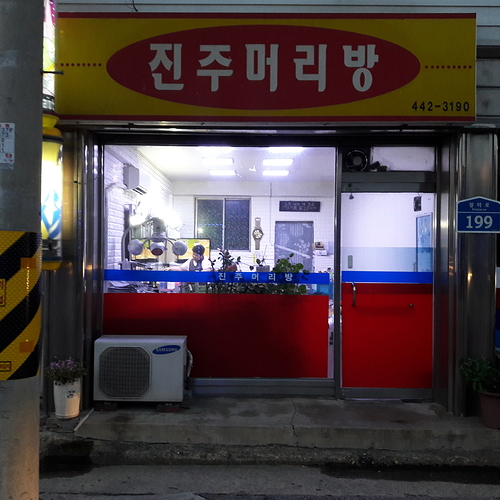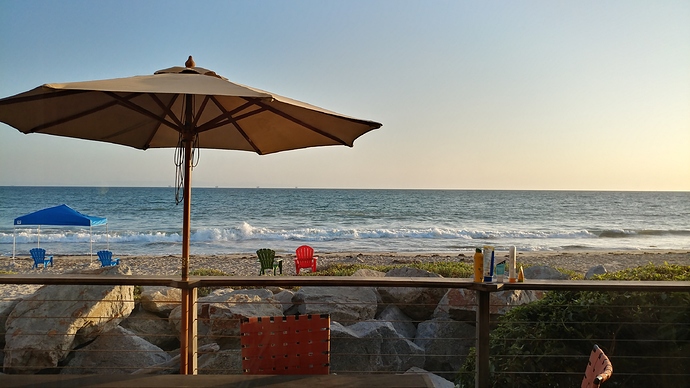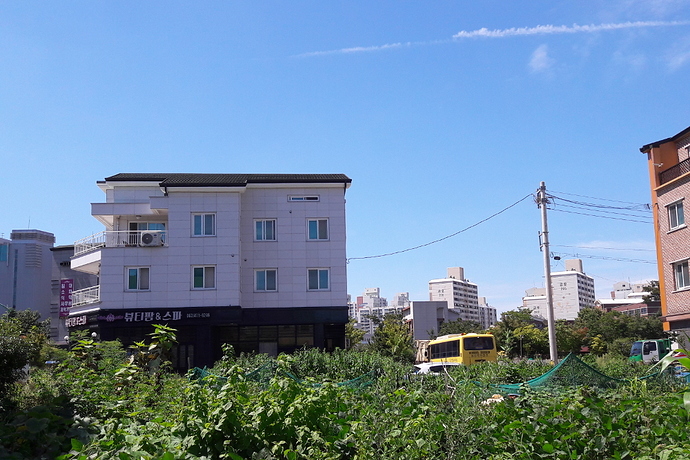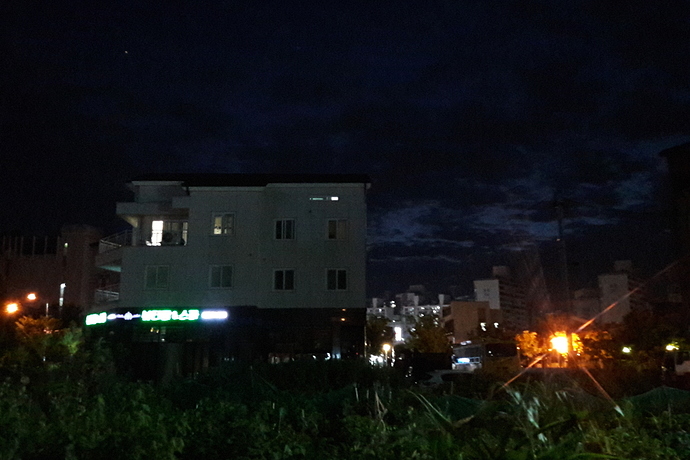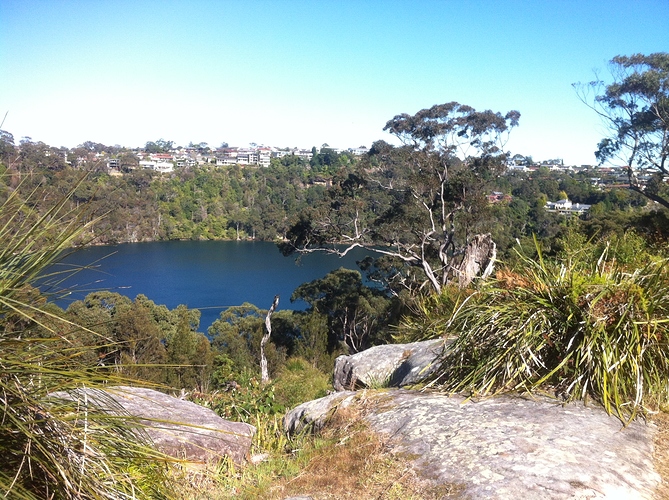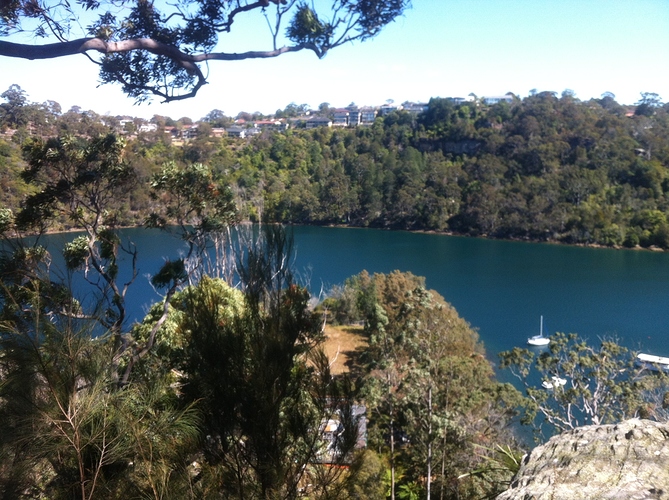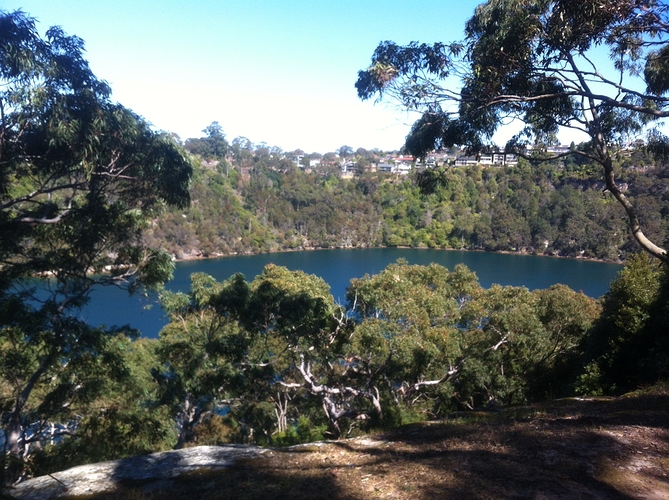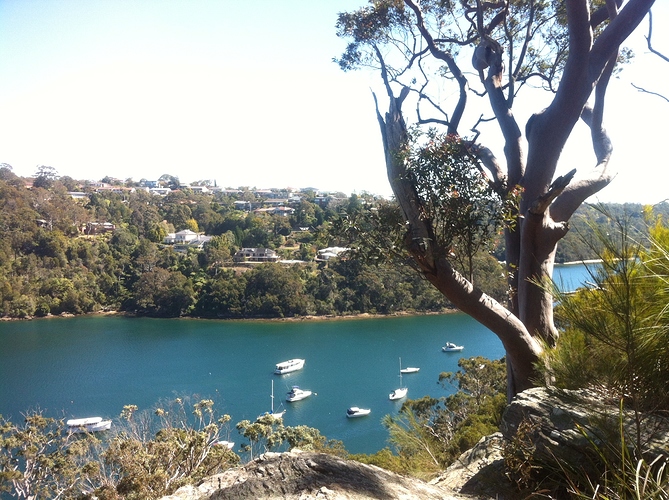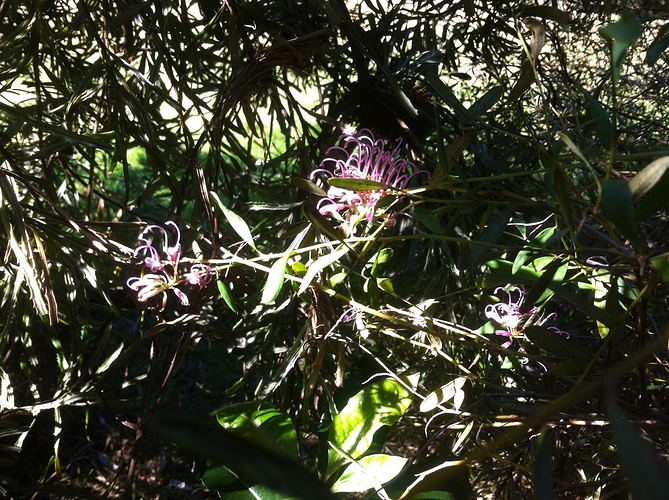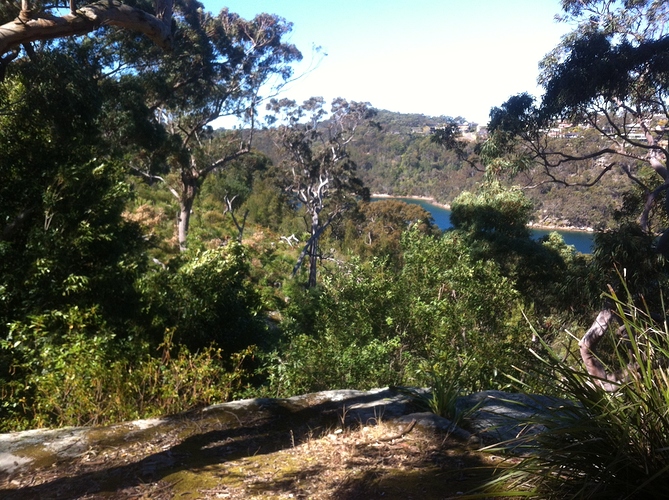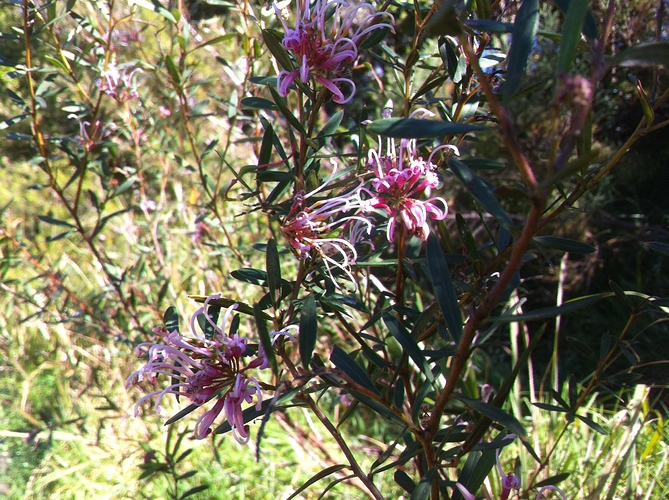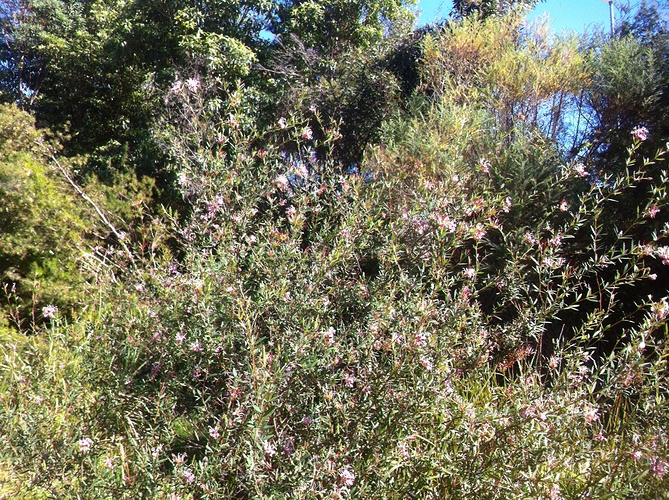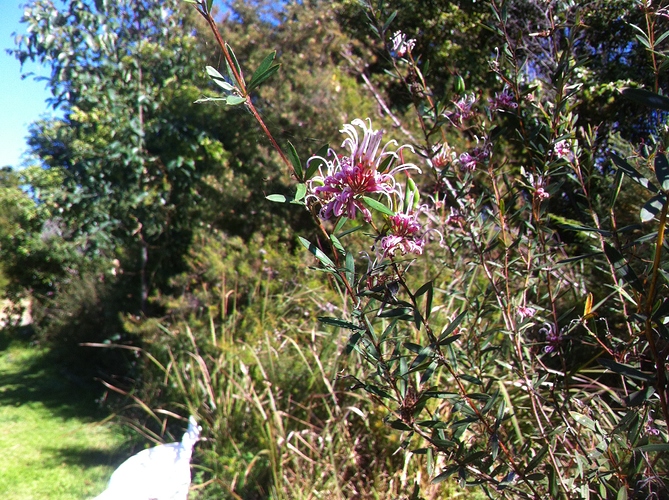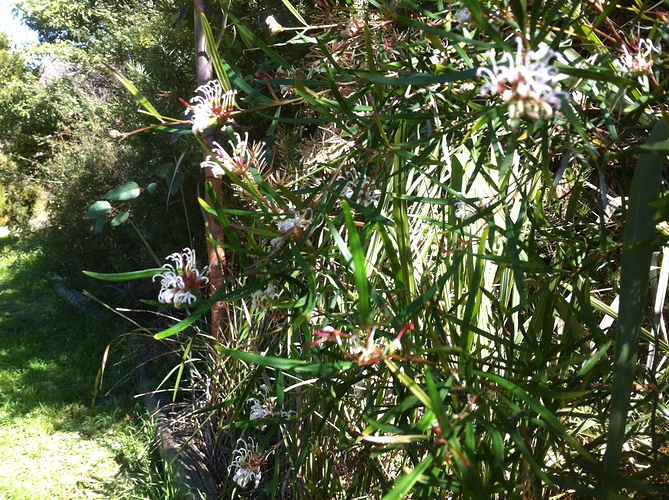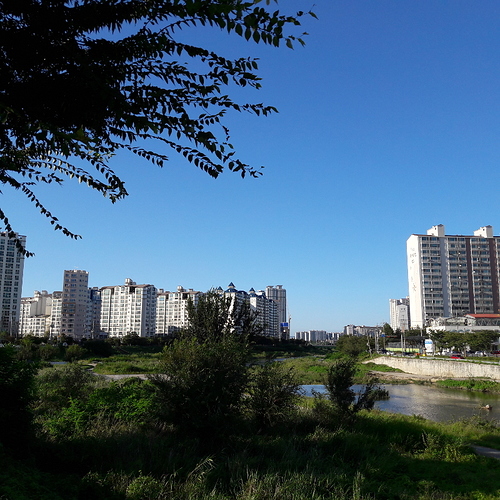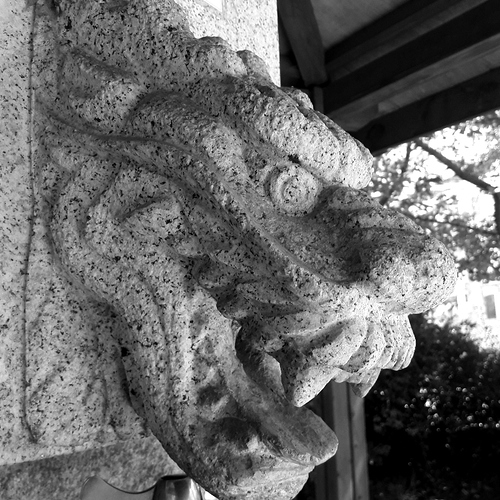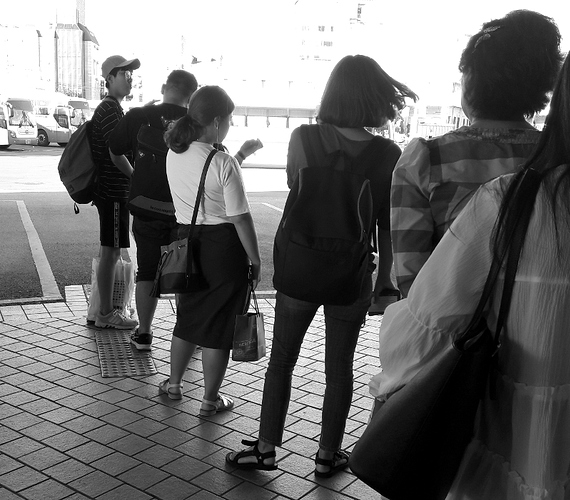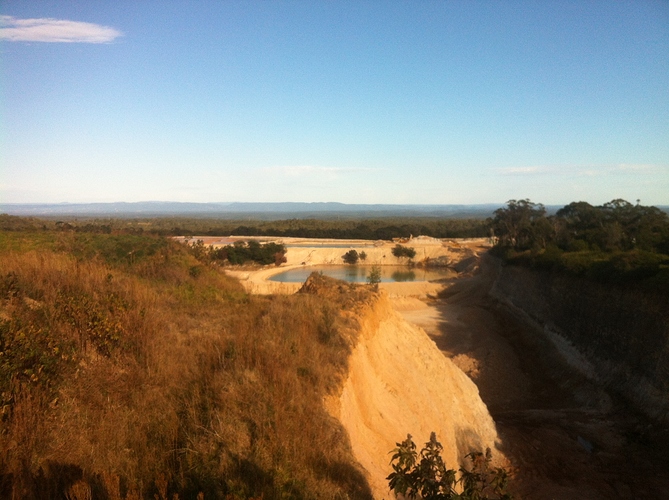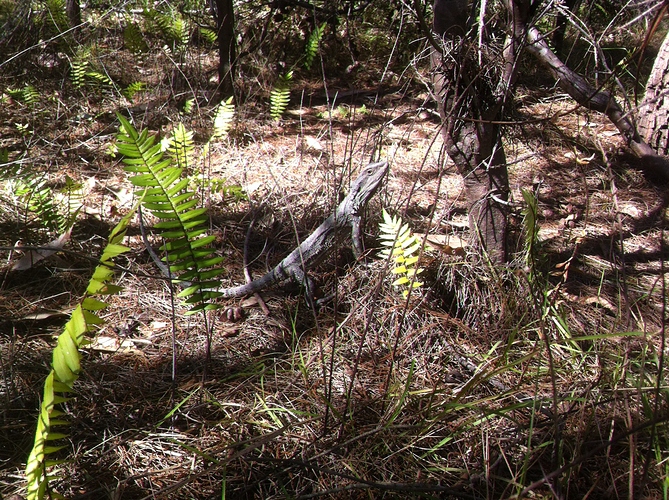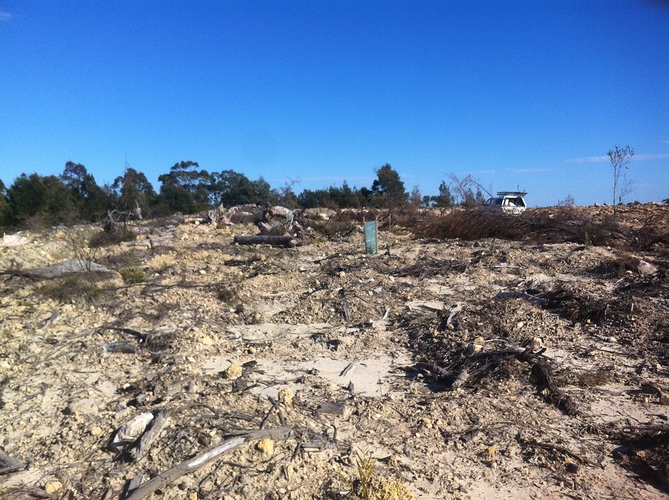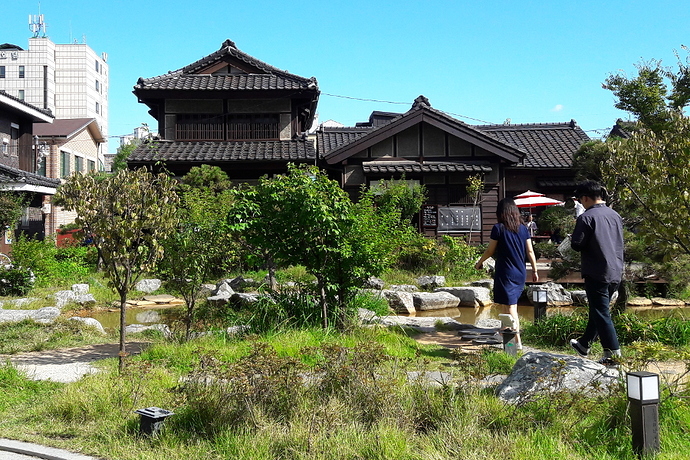Hey, Australian trains are underfunded archaic slow crap as well…
We’re all one big unhappy family.
This is MOS Burger’s Namban Chicken burger. It has made me want to go back to Miyazaki for real Chicken Namban

Breathtaking view of the lettering aisle at Michael’s.
orsp
Now that’s just dirty!
This is more like “yesterday evening’s view” on my walk back from the bus terminal after getting back from work. Which I took because the heat at night has cooled down to a refreshing 26 degrees. Cellphone photos.
Like much of small town everywhere, Gunsan is filled with dead dreams.
On the upside, there are plenty of dreams left to replace them.
Brush Farm yesterday.
Gully forest strains the light- and focus-adjusting capabilities of my phone to breaking point.
No more fox worries for the native critters:
There is something about the English speaking world. I think it comes of originally being run by aristocrats with the attitude of “I’m all right, Jack”.*
East Prussia, which was run by the Junkers, another aristocracy was also an underfunded crap country. At least when the Russians invaded it on their way to Berlin they couldn’t make a lot of it significantly worse.
I think there’s a pattern here.
*Mark Twain on his travels noted the utter fustercluckedness of trains in Australia and New Zealand too. I don’t know about New Zealand today but someone once said to me that the only way to get on a reliable and punctual train in Australia was to be a lump of ore.
Excellent public transportation though.
Friends gave me a day at their beach house on the central coast. I got a sunburn and some much needed, uninterrupted, thinking time. I think my dissertation might finally be coming together!
Working at the sand mines again.
Wildflowers all over the place. They’re out early this year.
Ran into one of these little dudes, too:
A few day’s worth:
Mornings on the harbour
.
That used to be a meth lab down there, until the bikies got high and decided to blast a new driveway up the cliff. They drew a bit too much attention with that.
.
These almost-dead small skeletal trees are Homolanthus populifolus, the vines on the ground are Stephania japonica. They’re both good Oz natives.
The reason why the trees are almost dead is because, until I got to them today, they were completely smothered in the vines.
They should all recover, which will help hold the slope together and shade out the invasive weeds.
Under two months left in South Korea. Assuming the boss doesn’t bribe me to stay until March since no one wants to come to the ass end of Jeollabuk-do. If he does I’m going to try and force someone else to do the Jeonju job because getting there is a huge pain.
Random river system in Jeonju.
Random tiger carving on random water fountain in a random small park in Gunsan.
Waiting for the bus. In B&W cuz it’s classy and not because the sky was blown out.
Sand mines again.
Friendly little dude.
Translocation zone; scrape the topsoil and seedbank from an area that will be mined, use it to make a new forest in a bit we’re restoring.
Wildflowers are not easy to photograph on a windy day.
My view is not especially majestic, comparatively, except for the toe floof. It’s amazing she can walk on hard floors without sliding around.

83 degrees today in southern Maine!
What a cool job. Can you do an AMA?
- Who values forests enough to pay for help with them?
- Do you have a primary client? Do you have a mix of clients that changes?
- Was it hard to get the position, given your background (that I’ve seen) is in chemistry and lab science (EDIT: Ph.D. neuroscience)?
- What’s a good state for a forest, one that you steer it toward? Or maybe, since it’s complicated, what are the major attributes of a healthy forest that you can have an effect on?
- I’ve seen it said that it takes some small multiple of hundreds of years to make an inch of topsoil. Obviously it depends (longer in Antarctica, less so in Amazonia), but is that generally true, the right order of magnitude? (Thinking about my prolific fifteen-year-old compost heap, maybe not so long. Then again, rich as it is, it’s not yet topsoil.)
- What about forests (anything) have you learned since you started this?
1: NSW state law obliges local councils to maintain any remnant bushland within their area; that provides for most of our work. Most of it is regen, but some of it is fire hazard reduction work.
We also get regular work from a sandmine up north, as they are required to restore an equivalent amount of bush whenever they want to trash a fresh bit. We get an occasional urban contract on a similar theme, where a developer works out a deal to fix a degraded forest in return for being allowed to build on a protected area.
The National Parks Service mostly handles their own regen, but they occasionally call us in if they have a big job to do. We have a regular contract that sees us sending a team deep into the bush for up to a week at a time, dealing with weeds in protected areas that are not open to the public.
2: As mentioned, it’s mostly subcontracting for councils. The contracts are awarded annually; the dozen or so local regen companies all compete for whatever they can get.
3: I had a mate who worked in the industry, and I was an experienced outdoorsy type already. He told me there was a company that was hiring, I called and got the job. I started doing it as a temporary thing at the end of my doctorate, but then I got sick and kinda got stuck.
Staff turnover in the industry is fairly high; it’s hard, dangerous work, and there’s always a demand for fresh bodies. Anyone doing it for more than a few months will be expected to acquire formal qualifications (Associate Diploma in Bush Regeneration as a minimum).
4: You’re aiming to get the forest to the point where it can manage itself; if it requires constant intensive maintenance, it’s a garden rather than a forest. A healthy forest will have a good mix of plants at all layers; mature canopy trees, midlayer shrubbery, groundcover, etc. It’ll also have a good mix of ages; big mature trees are no use if there aren’t any saplings to replace them when they fall.
There is a major industry focus on “resilience”. Instead of trying to create forests from nothing, we try to find places where a small effort applied in the right place will allow the forest to self-regenerate. You don’t want to do any more planting than you have to; it’s much better to fight the weeds off and let the native vegetation express itself and crowd out the competition. A healthy forest resists weed infestation, because all of the available water, nutrients and sunlight is already getting soaked up by native vegetation.
A lot of it is a bit counterintuitive. There are some weeds that we often leave in place, as they are stable, preventing erosion and providing useful habitat for native animals. If we have a site that is half good and half dreadful, we’ll usually work on trying to expand the good bit more than trying to shrink the bad bit. You need an understanding of the vectors bringing weeds to the area, the abilities of the native vegetation to fight back, the condition of the soil, etc. etc.
5: It is massively variable depending on location.
For example: you can completely destroy a mangrove or casuarina forest, but it will restore itself almost immediately afterwards. Both the seed and soil are supplied from upriver, and constantly replenished.
OTOH, in the dry sandstone eucalypt forests where we do most of our work, the soil is pretty much irreplaceable. Once it blows away, it is not returning within the timescale of a human life.
It is still possible to restore a site like that if you’re willing to expend a huge amount of resources, but it pretty much requires digging up and transplanting replacement topsoil from somewhere else. And you have to choose your “somewhere else” fairly carefully if you want to get the right seedbank and fungal communities.
6: I’ve forgotten more than I’ve learned, unfortunately; a lot of it fell out of my head while I was ill.
I was already a bushwalking mountainclimbing sort beforehand, but I knew nothing about the vegetation; they were all just trees to me. After a year or two of bush regen, I could wander through a forest and casually name and describe the lifecycle of every plant I saw.
These days, I can still tell the weeds from the natives, but I’m not great on the names and details anymore.
Gunsan is one of the few remaining places in Korea where the Japanese colonial era buildings survive. The Korean war rolled past the city so quickly going in both directions that it was largely untouched. And the post war dictators were from the eastern part of the country so west coast cities, while missing out on the new developments and infrastructure, also didn’t see everything from the occupation destroyed.
The neighbourhood mostly caters to TV tourists as a few dramas and films used the area as a shooting location. There is also a defunct rail line on the other side of town that sees a lot of tourism for the same reason.
I went there today with the plan to shoot off my remaining rolls of film at a weekend street festival today. I seem to have missed most of it by the time I arrived at around two and didn’t shoot much. Just families looking at stalls selling things.

